(1) Introduction

Though the whole domestic audio-visual (AV) equipment industry had steadily expanded until 2007, the AV equipment market has been shrinking since the financial crisis in 2008. Though cheap digital audio players (DAPs) had been popularized, the DAP market was replaced with the market of multifunctional smart phones capable of reproducing music. In addition, a production base of AV equipment was moved to foreign countries, and cost competition with other Asian countries is very severe. As a result, the amount of money for domestically marketed AV equipment has been sluggish.
The amount of money for import of amplifiers, speakers and microphones from abroad has been stable even since the financial crisis. This proves that there still exists a constant domestic demand for the audio equipment. Meanwhile, this also proves that foreign manufacturers of the audio equipment have larger market shares in Japan than Japanese manufacturers of the audio equipment.
[Reference: ENGINEER PIT/Industry Trend Report>Household Electrical Appliance and AV Equipment Industry]
Even under the circumferences, the market of "high-resolution audio" equipment has recently been rapidly expanding. The sales in the first half of 2015 were 1.4 times as much as those in the first half of 2014, and 3.8 times as much as those in the first half of 2013. The market of "high-resolution audio" equipment is now leading the audio-visual (AV) equipment industry. The market of high resolution-capable players, smart phones and content has also been expanding. The demand for high resolution will also increase in the feature.
Moreover, the music live market is in the perfect condition, and expanding year by year. Thus, there exists not only gloomy news but also encouraging news.
In order to win the competition with foreign and domestic companies in the matured domestic market, creating a uniquely functional and original "design" to differentiate you from other companies is very effective.
The largest number of domestic design registrations is "Electric and Electronic Machinery and Instruments, and Communication Machinery and Instruments" (Design Classification H1 through H7)
Among H1 through H7, the following describes, in particular, "Audio Input/ Output Equipment" belonging to H7-2.
Audio equipment etc. is classified into H7-2 and the subsequent Japanese Design Classification.
For example, the following articles are registerable.
- H7-211: Radio Receivers
- H7-220: Microphones
- H7-2322: Speaker Boxes
- H7-23291: Speakers
- H7-233: Headphones, Earphones
- H7-2392: Headphone Cases, Earphone Cases
* Instruments such as guitars are classified into Group E.
"HARAKENZO more " would like to provide you with these pieces of information so as to promote intellectual property activities of domestic audio equipment manufacturers. "HARAKENZO more " appreciate that these pieces of information are useful for you who are considering filing a design application.
(2) Design of Audio Equipment
A "design right" is a right which protects such a design and allows its owner to exclusively use the design without imitation by others.
The following shows examples of designs registered by audio equipment manufacturers.
[Headphone]
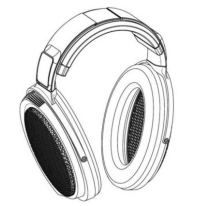
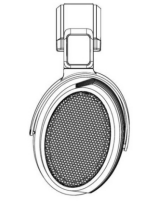
Owner of Design Right: SENNHEISER ELECTORONIC GMBH & CO. KG
(Design Registration No. 1567289 (International Design Registration No. DM/090028))
[Speaker Box]
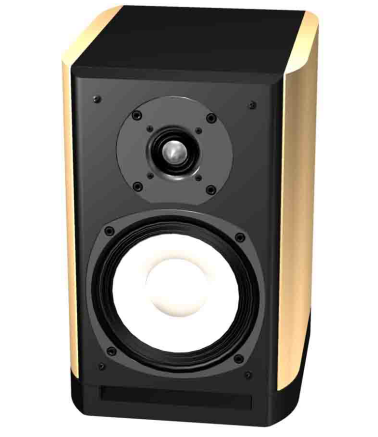

Owner of Design Right: Onkyo Corporation
(Design Registration No. 1276049)
[Speaker]



Owner of Design Right: Bang & Olufsen a/s
(Design Registration No. 1504692)
[Radio Receiver]
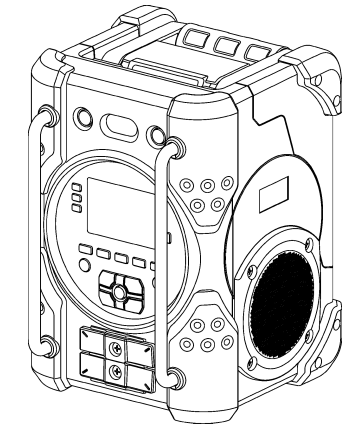
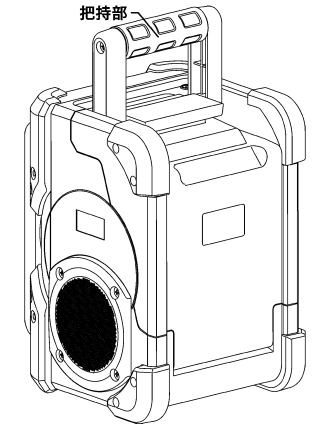
Owner of Design Right: MAX Co., Ltd.
(Design Registration No. 1511980)
[Vehicle-Mounted Speaker]

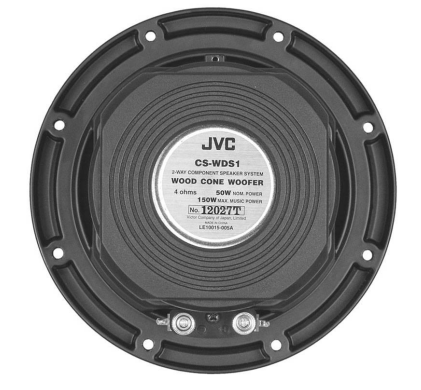
Owner of Design Right: Victor Company of Japan, Limited
(Design Registration No. 1268989)
(3) A right of not only all of an article but also "a part" of the article is protectable.
The design registration system protects a right of all of an article. In a case where, with respect to a registered design of partially characteristic audio equipment, a third party uses a "design which imitates only the characteristic part but is not similar to the registered design as a whole", the right of the registered design is invalid for the third party.
In order to avoid the case, it is possible to register not only a design of the whole piece of audio equipment but also a design of a part of the piece of audio equipment as a "partial design". That is, it is possible to get a design right of only a characteristic part of an article.
It is possible to file one partial design application to protect rights of the various variations /series of audio equipment which have a characteristic part in common.
The following shows examples of partial designs registered by audio equipment manufacturers.
[Earphone]* The solid line represents the scope of right of a partial design.


Owner of Design Right: SHURE ACQUISITION HOLDINGS, INC.
(Design Registration No. 1291225)
[Speaker]* The solid line represents the scope of right of a partial design.
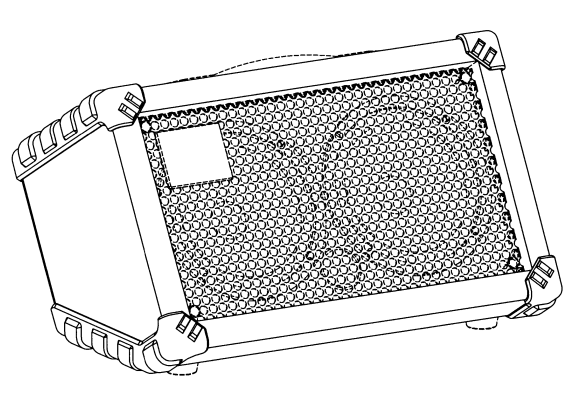
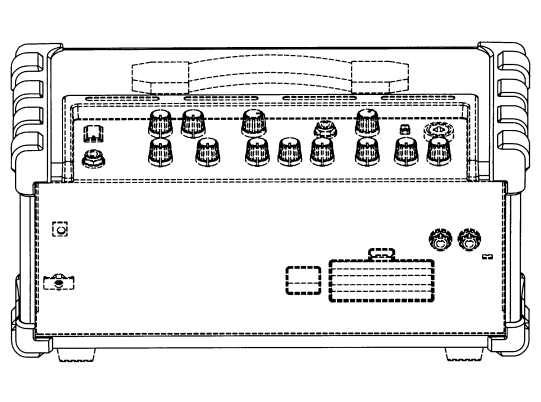
Owner of Design Right: Roland Corporation
(Design Registration No. 1291225)
[Microphone]* The solid line represents the scope of right of a partial design.
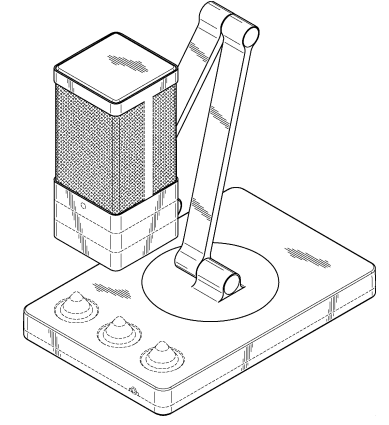
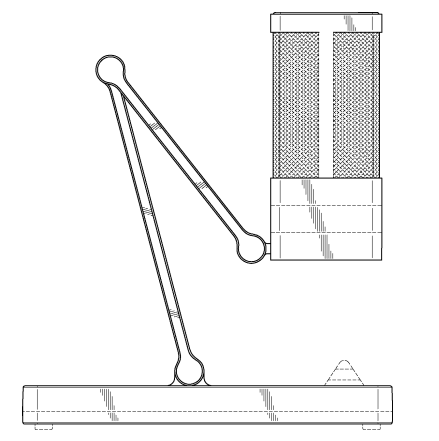

Owner of Design Right: Gibson Brands, Inc.
(Design Registration No. 1538697)
(4) A design of an "audio equipment set" such as a component stereo system is registerable as a design of a set of articles.
A design right is basically a right which protects "one design" of "one article".
For example, in a case where a registered design right is of an article "microphone", the registered design right is valid only for an article similar to the microphone.
(In order to make a registered design right valid for a dissimilar article which imitates a design of the registered article, it is necessary to file an application for the dissimilarity article.)
On the contrary, there is a case where a set of articles whose design is entirely unified and is simultaneously used is treated as one set on a usual business.
Each of 56 sets of components specified by the Enforcement Regulations of the Design Law can be filed in one application and is registerable as a design of a set of articles.
Among the 56 sets, the following audio equipment sets are each registerable as a design of a set of articles.
- • "One audio equipment set"
(Components: a tuner, an amplifier, and a speaker) * including an integral-type tuner and amplifier - • "One vehicle-mounted audio equipment set"
(Components: a vehicle-mounted tuner, a vehicle-mounted amplifier, and a speaker box) * including an integral-type vehicle-mounted tuner and vehicle-mounted amplifier - • "One speaker box set"
(Components: two or more speaker boxes)
* Note that a "design unified over the whole set of articles", such as a unified color, an associated form/impression, and/or a common pattern, is essential for all of the components of the set.
* Examination is carried out with respect to the whole set of the articles. A design right is given to not each of the components of the set but the whole set of the articles. In other words, a design of each of the components is not registered, but a design of the whole set is registered.
* It is impossible to file, as a design of a set of articles, an application for an article other than the 56 sets specified by the Enforcement Regulations of the Design Law. For such an article, it is necessary to file an application on a one-by-one basis.
[One audio equipment set]
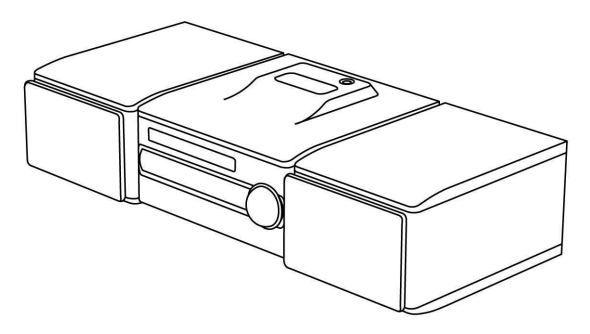

Owner of Design Right: Victor Company of Japan, Limited
(Design Registration No. 1410522)
(5) It is too late to do anything after imitations are available abroad.
Once a certain piece of audio equipment becomes popular, some imitations of the piece of audio equipment from foreign countries, particularly from the East Asia, are available in Japan. There is often a case where a design application and/or a trademark application for the piece of audio equipment have/has been already filed in the foreign countries.
After such a problem occurs, it is very difficult to get a design right of the piece of audio equipment in the foreign countries. "HARAKENZO more " therefore strongly recommend you to file a design application for an article in the foreign countries as well as to get a design right of the article in Japan. Please do not hesitate to contact us also when you consider exporting the article to the foreign countries.
How to deal with a design is different among countries including not only the leading countries in the field of intellectual property such as European countries and United States but also, in recent years, the East Asia, Southeast Asian countries, and other countries. Registering a design in foreign countries necessitates respective pieces of know-how. In this regard, please also do not hesitate to contact us.
(6) "HARAKENZO more " encourage audio equipment manufacturers.
A unique design is strategically important for the audio equipment industry to differentiate you from other companies. Meanwhile, unless the design is properly protected by the intellectual property rights, a pirated version of the design is easily distributed. As a result, you will be forced to take measures against such imitation products.
* The fact that taking measures against imitations of Fender guitars and Gibson guitars ran into difficulties may be fresh in your memory, though these problems have no direct relation with these pieces of information.
You will sometimes face a situation where you cannot help but notice a problem with the intellectual property rights. "HARAKENZO more " have been fully prepared to do our best to protect intellectual properties of the audio equipment manufacturers. Please do not hesitate to contact us.
意匠の疑問・お悩みはHARAKENZOに相談ください!

意匠登録や意匠トラブルの解決にあたっては、専門家の判断が欠かせません。
意匠のことでお悩みがありましたら、いつでも知的財産のプロフェッショナル集団であるHARAKENZO事務所にご相談いただけます。
